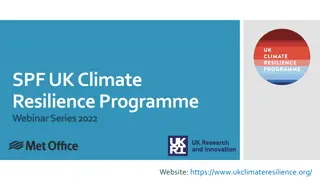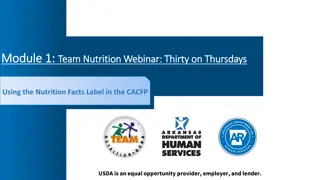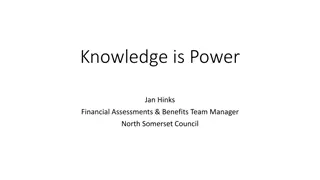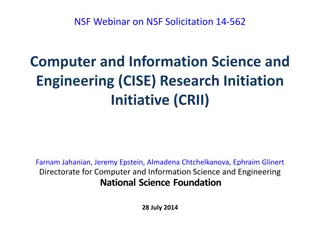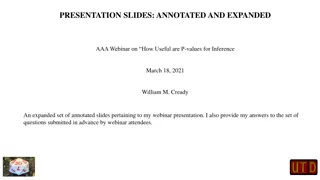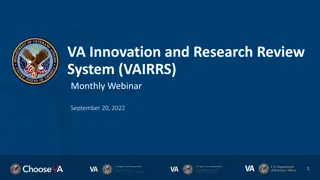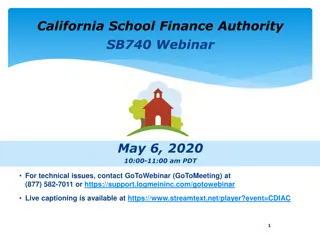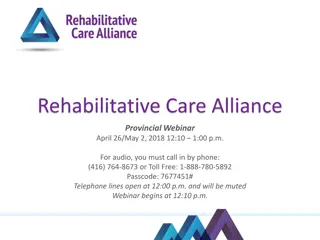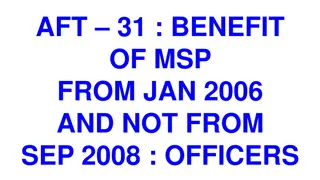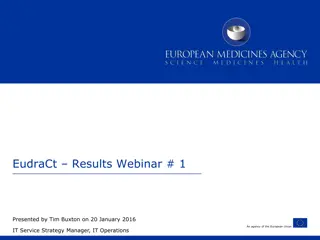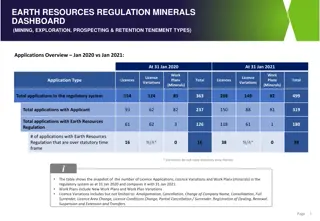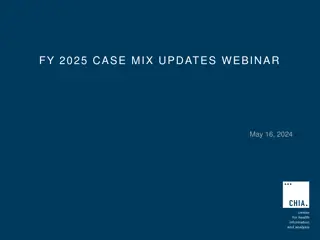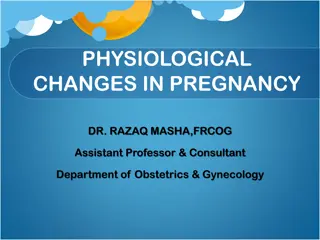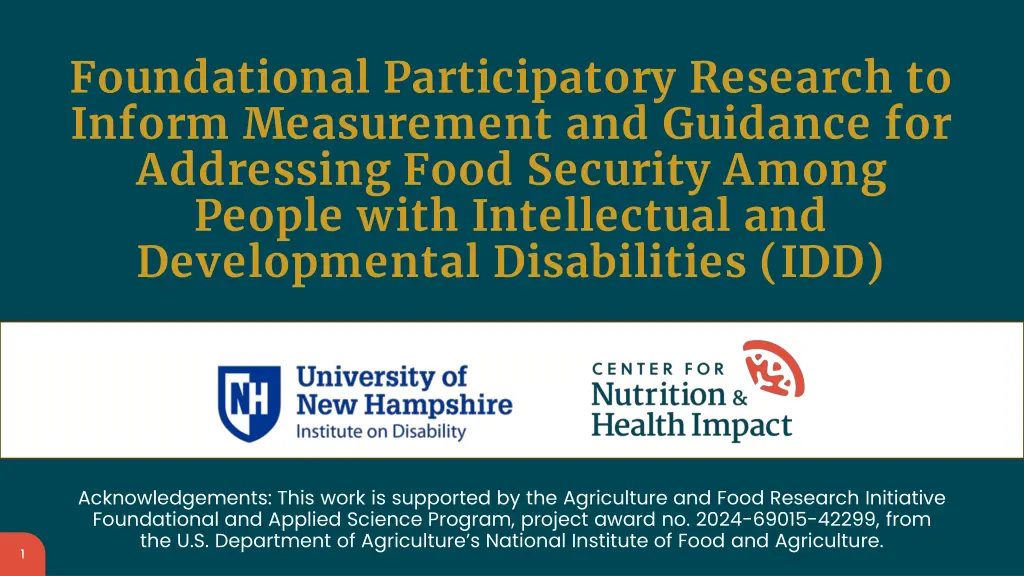
Insights on Food Security among People with Intellectual and Developmental Disabilities
Discover the findings of foundational participatory research informing measurement and guidance for addressing food security in individuals with intellectual and developmental disabilities. Explore the significance of nutrition security, health risks, mechanisms of health impacts, measurement methods, and the increased risk of food insecurity among households with disabilities.
Download Presentation

Please find below an Image/Link to download the presentation.
The content on the website is provided AS IS for your information and personal use only. It may not be sold, licensed, or shared on other websites without obtaining consent from the author. If you encounter any issues during the download, it is possible that the publisher has removed the file from their server.
You are allowed to download the files provided on this website for personal or commercial use, subject to the condition that they are used lawfully. All files are the property of their respective owners.
The content on the website is provided AS IS for your information and personal use only. It may not be sold, licensed, or shared on other websites without obtaining consent from the author.
E N D
Presentation Transcript
Foundational Participatory Research to Inform Measurement and Guidance for Addressing Food Security Among People with Intellectual and Developmental Disabilities (IDD) Acknowledgements: This work is supported by the Agriculture and Food Research Initiative Foundational and Applied Science Program, project award no. 2024-69015-42299, from the U.S. Department of Agriculture s National Institute of Food and Agriculture. 1
Research staff University of New Hampshire, Institute on Disability Debra L. Brucker, MPA, PhD Hyun Ju Kim, PhD Karen Volle, BA Center for Nutrition and Health Impact Eric Calloway, PhD, RD Grace Stott, MPH Acknowledgements: This work is supported by the Agriculture and Food Research Initiative Foundational and Applied Science Program, project award no. 2024-69015-42299, from the U.S. Department of Agriculture s National Institute of Food and Agriculture. 2
Nutrition Security & Food Security Quantity vs quality Food Security Food Security access to enough food for an active, healthy life. - USDA Nutrition Security Nutrition Security access to healthy, safe, affordable foods essential to optimal health and well- being. - USDA 3
Health Risks High blood pressure High cholesterol/lipids Diabetes Excess weight Chronic kidney disease Depression, anxiety, and sleep disorders 4 Arenas et al., 2019; da Silva Miguel, et al., 2020; Ferrara et al., 2024
Mechanism s of Health Impacts Stress Trade-offs Inflammation Dietary compromises Nutritional status 5 Seligman, et al. Annu. Rev. Nutr. 2023. 43:409 29
How we measure it USDA Household Food Security Survey Module 18 survey questions Asks about not being able to afford enough food and experiencing worry, hunger, and coping behaviors. Included in national public health surveillance surveys (e.g., Current Population Survey) and used extensively in research. 6
Food Security Among People with Disabilities Increased risk of food insecurity among households with someone with a disability: 18% vs. 9% Risk factors go beyond economics: interaction of individual factors (e.g., activity or functional limitations) with structural factors (e.g., inaccessible grocery stores, lack of appropriate transportation. Persons with Intellectual or Developmental Disabilities (IDD) have cognitive and functional limitations which start any time before a child turns 18 years old. Higher risk of food insecurity (i.e., traditional economic measures) for young adults with IDD (OR: 2.90, p<.001) than others without IDD even when controlling for poverty. Henly et al., 2023; Brucker et al., 2015; Heflin et al., 2007; Huang et al., 2010; Brucker and Nord, 2016; NIH, 2021 7
Food Access Barriers for People with IDD Differences in intellectual functioning or intelligence and may also include physical differences in functioning (e.g., seizures, trouble with movement, sensory disorders, metabolic issues). Economically disadvantaged, low employment rates, and higher overall poverty risk. Structural barriers in accessing community-based nutrition assistance services. Challenges with shopping, safely storing, or preparing due to the interaction of the functional and activity limitations with structural factors. Newacheck and Kim, 2005; Parish and Cloud, 2006; Parish et al., 2010; Emerson, 2007; Keller et al., 2007; Karpur et al., 2021 8
Our Study Goals Inclusive Food Security for People with IDD (IFIDD) Objective 1: Collect and analyze interview data from approximately 30 people with IDD and their family members to understand how food insecurity is experienced in an IDD context and the unique strengths and challenges relevant to this population. Objective 2: Use the formative study findings to co-develop a preliminary measurement tool and guidance document to help organizations better understand, identify, measure, and develop interventions and programming to address food insecurity among people with IDD and their families. Follow this link to the enrollment form. We are recruiting interviewees! Follow this link to the enrollment form. Follow this link to the enrollment form. 9
Our Study Activities and Timeline (1) Follow this link to the enrollment form. We are recruiting interviewees! Follow this link to the enrollment form. Follow this link to the enrollment form. 10
Our Study Activities and Timeline (2) Assembling advisory group Drafting interview guides Meeting with advisory group to finalize guides Getting IRB approvals Follow this link to the enrollment form. We are recruiting interviewees! Follow this link to the enrollment form. Follow this link to the enrollment form. 11
Our Study Activities and Timeline (3) Conducting interviews Thematic analysis Present findings to advisory group and discuss interpretations/framing Follow this link to the enrollment form. We are recruiting interviewees! Follow this link to the enrollment form. Disseminate scientific and plain- language versions of findings Follow this link to the enrollment form. 12
Our Study Activities and Timeline (4) Frequent meetings with advisory group Use qualitative findings to co- design preliminary measure and guidance document Test and finalize preliminary measure and guidance document Follow this link to the enrollment form. We are recruiting interviewees! Follow this link to the enrollment form. Follow this link to the enrollment form. 13
Our Study Activities and Timeline (5) Present findings to various audiences Scientific and plain-language versions of deliverables Follow this link to the enrollment form. We are recruiting interviewees! Follow this link to the enrollment form. Follow this link to the enrollment form. 14
Future Directions This seed funded project will yield a preliminary and guidance for understanding and address food insecurity among people with IDD. Further psychometric testing of the measure and additional rounds of feedback and pilot testing recommended approaches for addressing food insecurity will help revise and refine the products. Follow this link to the enrollment form. We are recruiting interviewees! Follow this link to the enrollment form. Follow this link to the enrollment form. 15
Questions or want to learn more about the study? IFIDD@centerfornutrition.org iod.unh.edu/food-nutrition-security-among- people-disabilities/inclusive-food-security- people-idd-ifidd We are recruiting Follow this link to the enrollment form. interviewees! Follow this link to the enrollment form. Follow this link to the enrollment form. 16




